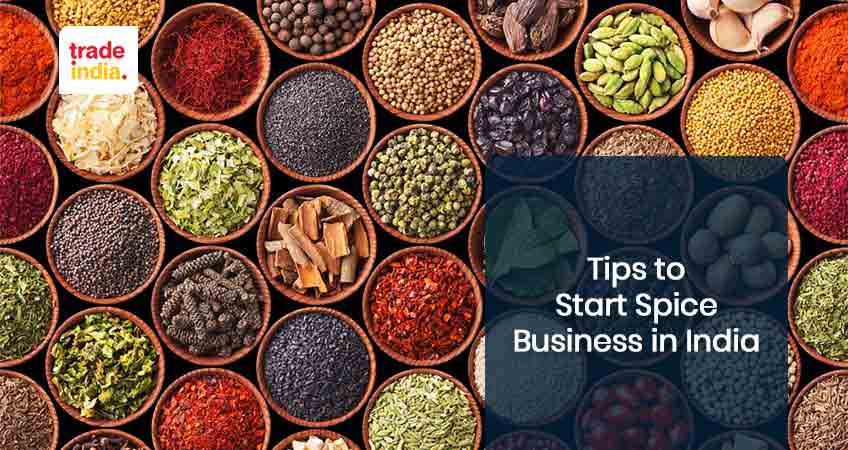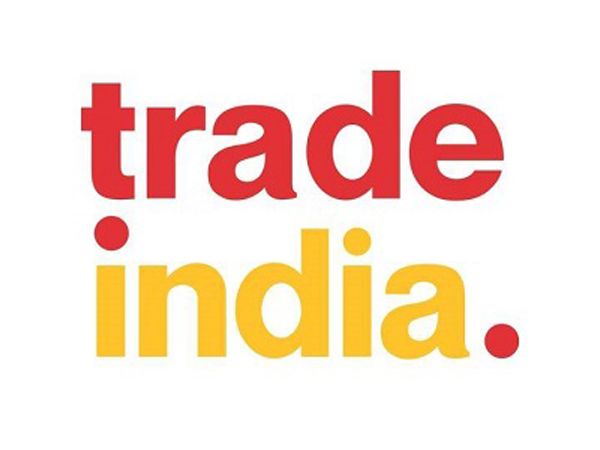A Complete Guide to Start Spice Business in India

We Indians are obsessed with food, and spices play a huge role in our festivals, festivities, and even day-to-day lives. We are divided by states, but "Spices" is one thing that binds us together. Each Indian spice is desired worldwide because of its texture, scent, flavour, and medicinal characteristics. India is renowned as the "house of spices." India is the greatest spice user, producer, and exporter in the world. We manufacture over 75 of the 109 kinds recognized by the International Standards organization, accounting for nearly half of allspice trade worldwide. From spice coriander manufacturers to the rest of the seventy-plus spices, the best come from India.
What Is the Best Way to Start a Spice Business in India?
What are the costs of starting a spice business? The Indian spices industry is expected to rise to almost USD 18 billion, with commercial spices as well as spice blends expected to lead the way. People are yearning for ready-made meals, while spice powder renders their food more accessible. As a consequence, spice dust is becoming increasingly popular and futuristic. Powdered spices are simple, and take lesser effort and time when preparing a wide range of delicious recipes. Each industrial food sector, notably hotels, catering organizations, restaurants, and others, uses powder spices daily. Spice powder helps make it simple and successful for a company to begin, and it can be started with a modest expenditure.
Land Needed: Whenever it comes to starting a spice company, a small deal of room is required; approximately 250 square yards can be used for processed pieces and then another 250 square yards can be used for packing the spices. Look for a business location with essential utilities like water, electricity, and so on. The state government has put restrictions on starting a food company from home, so be sure the site follows the government's rules. Make sure the site is convenient for the target market in terms of travel.
Requirements for raw materials: Unground spices are the most important elements in spice powder, and you'll also need packaging materials to secure the spice powder.
Application of machinery: Grinding machines are a vital piece of equipment in the spice business, depending on the size of the industry. Impact pulverizers are used in large-scale enterprises, whereas double-stage pulverizers are used in small-scale industries. Other equipment is needed, such as a packing machine, a weighing scale, a roster, a spice grinder, and a compressor.
Process Of Spice Manufacturing
1. Cleaning: It is the first step in the spice-making process, in which unground spices are cleaned physically by removing contaminants such as stone, dust, and dirt. For example, if you take something like coriander seeds, it would have to be taken through the process of cleaning before anything else happens.
2. Drying: After cleansing and washing, place them in the sun to dry; Germs will proliferate and destroy the food if proper maintenance and sanitizing are not done.
3. Roasting: The spices are roasted as it is important since it contributes to the scent, colour, and flavour of the spice powder.
4. Grinding: Battering spices into dust requires the use of a machine. For example, this process would turn the coriander seeds into coriander powder.
5. Grading: Grading is a procedure that determines the amount and ratio of spices mixed with the raw resources used, as well as the type of spices (flavour), their colour, shape, size, as well as density.
6. Sieving: Ensure that the spice powders have a consistent mesh size. To use the same example, if you take the coriander powder and sieve it, then the consistency becomes much better and it becomes much easier to consume and use.
7. Spice packaging: For your packaging, choose from features such as massive zipper tops, pour spouts, gas release valves, hang holes, rip notches, and a variety of designs to help you bring your brand to life. Once the spice has been transformed into powder, this powder is weighted according to the quantity that has to be packed. After that, the spices are packed in a polythene bag, then closed using a sealing machine. Spices packaging protects your spices against humidity, puncture, smell, and other problems. As a result, you may be assured that your spices, as well as seasonings, will reach securely from the storage to the taste buds of your consumers.
India's Spice Manufacturing Companies Face Difficulties
1. The issue of working labour: Spices' strong odour, which causes a harsh feeling, is not good for your health if you are exposed to it for a lengthy period. As a result, finding competent personnel in the Indian spice sector is always a challenge.
2. Credit in the market: In the spice sector, financial system risk involving distribution companies or mediators is usually high, and this poses a substantial difficulty.
3. Leakage in the packaging: Due to economic constraints, many small-scale enterprises in India still use hand-made packaging, resulting in package leakage. If they intend to use high-tech machinery, the cost will rise; so, that's always been a source of concern.
4. Hi-tech machinery makes expansion difficult: Every day, innovations are presented; to stay current and relevant, businesses must adapt to each development. Due to the advent of new technologies, it is difficult for sme's to expand, and this poses a difficulty for brands.
5. there is a great deal of competition: Because there are so many vendors in the space sector, there is a lot of rivalries. Its rivalry is frequently at the regional scale. Several small local businesses operate in a specific area, but as the growth in real natural spices grew, so did the need to preserve product quality.
Read more about: Top 10 Spices Manufacturers, Suppliers & Exporters in India
Spice Branding
Branding aids in creating a lasting impression on clients and letting them know what to anticipate from your company. It's a technique to set yourself apart from the competition by stating exactly what you have to offer that gives you the superior option. The different elements catering to this are:
1. Identity of the brand: In the spice industry, brand identity refers to how people remember the brand, which can include things like the logo, punchlines, and stationary identities like business cards, envelopes, letterheads, and other graphical representations.
2. Image of the company: The process of instilling a brand in the eyes of customers, as well as determining what they anticipate from the brand. We all know that saffron is a high-priced spice, therefore it cannot be served in a low-cost setting
3. Identification of the brand: Spice brands have their brand narrative to tell, as well as value-added features like homemade, no preservatives, based on taste or flavour, and so on. It is critical to gain a competitive edge and hold space in the thoughts of clients, and branding successfully does this.
4. Identity of the brand: The personality of a brand is similar to that of a person. We identify a certain brand with distinct emotional or personal attributes.
5. Design of the Packaging: Customers make purchase decisions in less than seven seconds; therefore, Spice Packaging Design is really important. The brand narrative is reflected in the text arrangement, colour, content, drawings, font style, and slogan. Packaging design agencies are professionals that guarantee that your packaging serves as a marketing tool.
6. Advertising materials: Marketing collaterals include websites, banners, brochures, and posters, as well as any other collection of material used to support the selling of a service or product.
Conclusion
That was all you need to know about the spice business in India. If you are in the spice industry as a coriander manufacturer, powder manufacturer, or a manufacturer of any other kind of spice, or are planning to be a manufacturer, this information will come in very handy.
FAQs: Spice Business
Q. Is the spice trade in India profitable?
Ans. Spices are a big producer and exporter in India, therefore beginning a spice business there may be quite successful. Spice powder manufacturing is a sort of company that provides a high return on investment for the entrepreneur.
Q. What is the best way for me to sell spices from the apartment?
Ans. Request that someone hold an in-home party at which you prepare a dish that uses the spices and then sell it to the guests. Bring everybody you know to an open house where they may sample items and place orders. Put up a stall in a flea market in your area. Start a site where buyers from other states may order your goods.
Q. What are the best coriander benefits?
Ans. Coriander may aid in the reduction of blood sugar levels. Antioxidants in it will help the immune system. Coriander will help your heart. Another coriander benefit is that it may keep your brain healthy. Along with that, it will help in digestion, fighting infections, protecting skin, and more.
Read more -
